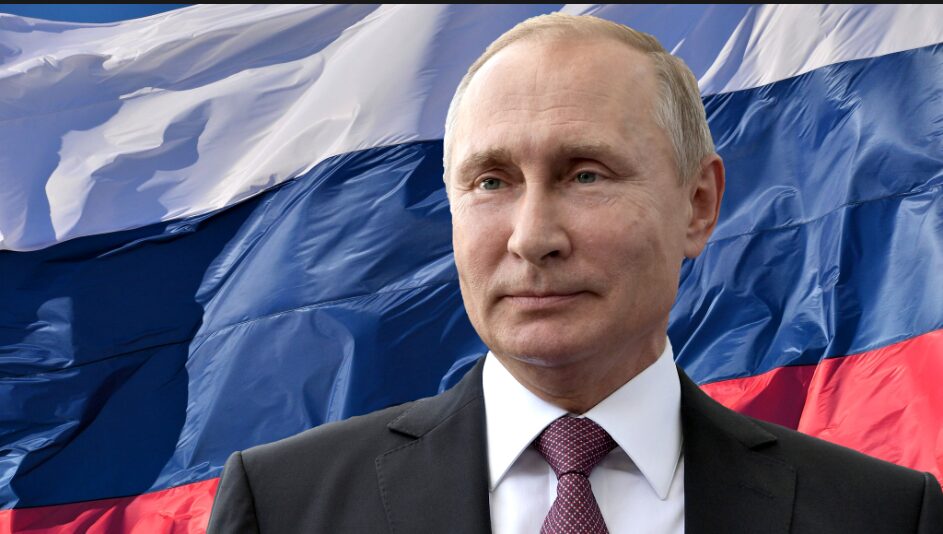It’s a critical moment in the Russia-Ukraine war. Ukraine just faced another major setback. It lost a battle which could kick-start a domino effect. The battle of Vuhledar!
For nearly two years, the town of Vuhledar had stood strong as a defensive outpost in the Donetsk region, but over the last week, Ukraine was forced to withdraw its troops from the region. President Zelensky said it was done to protect soldiers and prevent further losses of precious equipment.
But why is this victory so important for Russia. Let’s understand the context.
Vuhledar’s importance lay not just in its location, but in the advantage it offers to those who control it. First of all, the city is comparatively elevated. It means Vuhledar provides an ideal position for shelling surrounding battlefields and supply lines. While it doesn’t have the same logistical importance as other cities, its location at the intersection of the southern and eastern front lines made it crucial for both sides. Russian forces, by capturing Vuhledar, could dominate supply routes in the area.
The fall of Vuhledar is part of a broader shift in the war. In the first half of this year, Russia had regained momentum on the battlefield, making more advances than it had in the entirety of the previous year. Ukraine, on the other hand, struggled with dwindling manpower and equipment across the front line, making it easier for Russia to encircle and take Vuhledar in late September.
Several factors led to Ukraine’s defeat in Vuhledar. One major issue was the sheer imbalance in numbers. Ukraine’s forces were heavily outnumbered—some reports suggested that for every soldier of Ukraine, there were seven Russian troops. While Ukraine had launched a mobilisation effort to replenish its forces, it faced serious challenges. Many new recruits lacked motivation and proper training. This led to incidents where soldiers would freeze under fire or run from explosions. Commanders reported that between 50% and 70% of new infantry troops were killed within just a few days of fighting.
In contrast, Russia had adapted its military strategy. Faced with its own shortages of manpower and equipment, the Russian military improved its battlefield communications and began launching attacks in smaller groups, supported by drones. These tactics made it harder for Ukraine to detect and target them. Additionally, Russia effectively used glide bombs to destroy key defensive positions. These bombs, made by upgrading Soviet-era bombs with modern guidance systems, proved to be inexpensive and deadly.
Ukraine, already stretched thin, had to divert its limited air defense systems to protect civilian centers, leaving frontline cities like Vuhledar exposed. This, combined with delays in receiving military support from Western allies, left Ukraine in a weakened state. Kyiv soldiers complained that the aid was not arriving quickly enough to match the Russian onslaught.
The fall of Vuhledar was not just a loss of territory but also a symbolic defeat. It represented Russia’s ability to regain the upper hand in the war and further weakened Ukraine’s defense of the southern Donbas region. Losing Vuhledar has now placed other key cities like Pokrovsk at risk, and Russia’s control of the town has given it the ability to push deeper into Ukraine.
Moreover, the fall of Vuhledar sent a powerful message to the international community. Russia could claim victory not just on the battlefield but also in the narrative war. If Ukraine continues to lose key cities like Vuhledar, Russia can argue that Kyiv’s counter-offensive was futile, pressuring Ukraine and its allies to consider a negotiated settlement.








